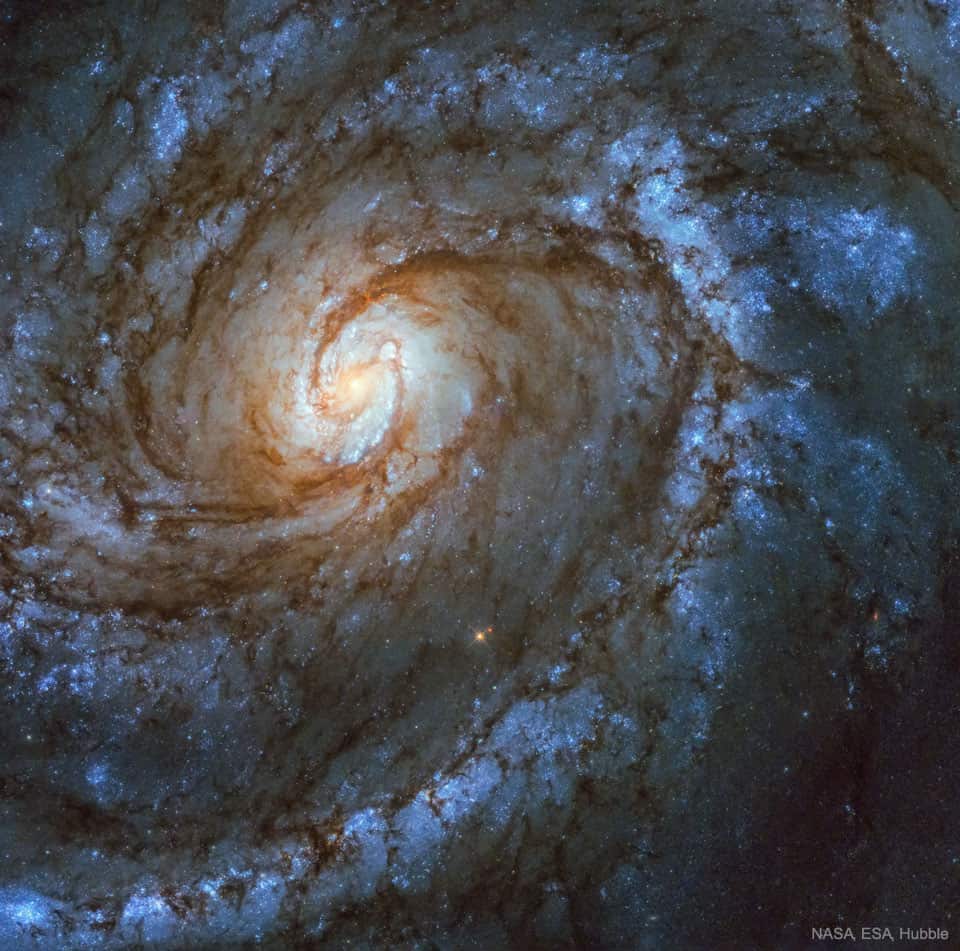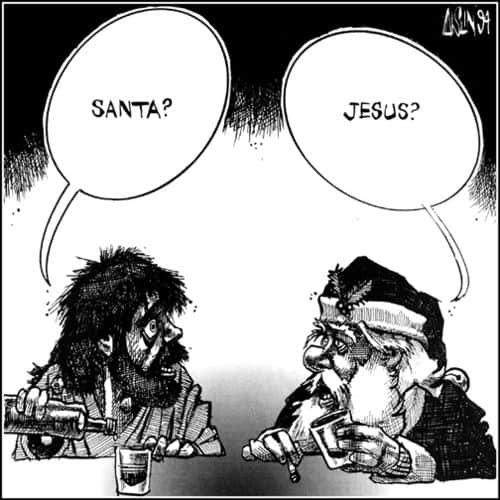Blog
George Edward “Butch” Ballard (December 26, 1918 – October 1, 2011) was an American jazz drummer who played with Louis Armstrong, Count Basie, and Duke Ellington.
Ballard was born in Camden, New Jersey and grew up in the Frankford section of Philadelphia. As a child he followed American Legion parades near his home, focusing particularly on the drummer. When he was about 10 years old, Ballard’s father bought him a set of drums from a pawnbroker and he began to take lessons for 75 cents each. He got the nickname “Butch” after Machine Gun Butch, a character in the film The Big House (1930). He attended Northeast High School in Philadelphia.[1] When he was 21, he married Jessie, for whom he bought a house in Philadelphia in 1950.
more...Zimbabwe
more...https://www.youtube.com/watch?v=DVh1pj1BDW0&index=5&t=848s&list=PLEB3LPVcGcWZ0hsQ5_jgSMhawAnDzy1io
more...Who is really carrying the burden anyway?
The illusion of caring and giving and love?
We all carry our own cross and all need to be loved!
Merry Christmas
Majestic on a truly cosmic scale, M100 is appropriately known as a grand design spiral galaxy. It is a large galaxy of over 100 billion stars with well-defined spiral arms that is similar to our own Milky Way Galaxy. One of the brightest members of the Virgo Cluster of galaxies, M100 (alias NGC 4321) is 56 million light-years distant toward the constellation of Berenice’s Hair (Coma Berenices). This Hubble Space Telescope image of M100 was taken recently with the Wide Field Camera 3 and accentuates bright blue star clusters and intricate winding dust lanes which are hallmarks of this class of galaxies. Studies of variable stars in M100have played an important role in determining the size and age of the Universe.
more...Don Gabriel Pullen (December 25, 1941 – April 22, 1995) was an American jazz pianist and organist. Pullen developed a strikingly individual style throughout his career. He composed pieces ranging from blues to bebop and modern jazz. The great variety of his body of work makes it difficult to pigeonhole his musical style.
Pullen left Roanoke for Johnson C. Smith University in North Carolina to study for a medical career but soon he realized that his true vocation was music. After playing with local musicians and being exposed for the first time to albums of the major jazz musicians and composers he abandoned his medical studies. He set out to make a career in music, desirous of playing like Ornette Coleman and Eric Dolphy.
more...Charles “Don” Alias (December 25, 1939 in New York City – March 28, 2006 in New York City) was an American jazz percussionist.
Alias was best known for playing congas and other hand drums. He was, however, a capable drum kit performer: for example, Alias played drums on the song “Miles Runs the Voodoo Down” from trumpeter Miles Davis‘s album Bitches Brew (1969) when neither Lenny White nor Jack DeJohnette was able to play the marching band-inspired rhythm requested by Davis.
Alias performed on hundreds of recordings and was perhaps best known for his associations with Miles Davis and saxophonist David Sanborn, though he also performed or recorded with the group Weather Report, singer Joni Mitchell, pianist Herbie Hancock, the Brecker Brothers, Jaco Pastorius, Pat Metheny, Nina Simone and many others. Alias was born in New York City and arrived in Boston in the early 1960s intending to study medicine but, after playing congas in a number of local bands, made an abrupt career switch.
https://www.youtube.com/watch?v=7XQ34XpfZ3Q&index=2&list=PLAC97F2F5B9EAB65A&t=0s
more...Oscar Frederic Moore (December 25, 1915 – October 8, 1981) was an American jazz guitarist who spent ten years with the Nat King Cole Trio.
Moore was born in Austin, Texas, but grew up in Los Angeles. During the 1930s he often worked with his brother, Johnny, who was also a guitarist. Beginning in 1937, he spent ten years with Nat King Cole in the guitar-bass-piano trio format that influenced Oscar Peterson, Art Tatum, and Ahmad Jamal. After he left Cole, he joined his brother in Johnny Moore’s Three Blazers through the 1950s. He recorded two solo albums in 1954, then left the field of music. During the last decades of his life, he laid bricks and ran a gas station. He died in Las Vegas, Nevada, in 1981.
more...
Star formation is one of the most important processes in shaping the Universe; it plays a pivotal role in the evolution of galaxies and it is also in the earliest stages of star formation that planetary systems first appear.
Yet there is still much that astronomers don’t understand, such as how do the properties of stellar nurseries vary according to the composition and density of gas present, and what triggers star formation in the first place? The driving force behind star formation is particularly unclear for a type of galaxy called a flocculent spiral, such as NGC 2841 shown here, which features short spiral arms rather than prominent and well-defined galactic limbs.
NGC 2841 is an inclined unbarred spiral galaxy exhibiting a prominent inner ring structure in the constellation Ursa Major, it was discovered on 9 March 1788 by William Herschel. Initially thought to be about 30 million light years distant, a 2001 Hubble Space Telescope survey of the galaxy’s Cepheid variables determined that it was approximately 14.1 megaparsecs or 46 million light years distant. NGC 2841 is a giant spiral galaxy with properties similar to those of the Andromeda Galaxy. It is a prototypical flocculent spiral galaxy, a type of spiral galaxy whose arms are patchy and discontinuous.
Raphael Homer “Ray” Bryant (December 24, 1931 – June 2, 2011) was an American jazz pianist, composer, and arranger. Bryant was born in Philadelphia, Pennsylvania, on December 24, 1931.
After three years working on and off in Collins’s band, Bryant toured with guitarist Tiny Grimes (1948–49). He was then a solo pianist based in Syracuse, New York for a year. After returning to Philadelphia, he played Dixieland in Billy Kretchmer’s club for around two years. He attracted more attention after becoming house pianist at the Blue Note club in Philadelphia in 1953. He was there until 1956, accompanying many leading players such as Lester Young, Charlie Parker, Miles Davis, and Sonny Stitt. Davis and Sonny Rollins both liked Bryant’s playing enough to record with him in New York in 1955: on Quintet/Sextet and Work Time, respectively.
These albums were for Prestige Records, for whom Bryant “began a period as an occasional house pianist”, also recording with “Art Taylor (1957), Tiny Grimes and Coleman Hawkins (both 1958–9), […] and as a leader (1957–8).” In this period, he was also the accompanist for singer Carmen McRae (1956–57). Bryant was also a member of trumpeter Dizzy Gillespie‘s small and big bands for four months in 1957. Bryant recorded under drummer Art Blakey for several studio-based albums in 1957–58. Decades later, he commented: “The sessions I recorded with him helped put me on the map as a musician”.[9] Bryant was also part of drummer Jo Jones‘s trio in 1958. The pianist was able to learn a lot from Jones: “He could sense when you weren’t relaxed and would say, ‘Take your time and breathe!’ He also taught me about pacing a set. I still use his format today”, commented Bryant around 2004.
https://www.youtube.com/watch?v=5meS-dfPUAk&t=108s
more...Irving Lee Dorsey (December 24, 1924 – December 1, 1986) was an African American pop and R&B singer during the 1960s. His biggest hits were “Ya Ya” (1961) and “Working in the Coal Mine” (1966). Much of his work was produced by Allen Toussaint, with instrumental backing provided by The Meters.
Born in New Orleans, Louisiana, Dorsey was a childhood friend of Fats Domino before moving to Portland, Oregon when he was ten years old. He served in the United States Navy in World War II and then began a career in prizefighting. Boxing as a lightweight in Portland in the early 1950s, he fought under the name Kid Chocolate and was reasonably successful. He retired from boxing in 1955 and returned to New Orleans, where he opened an auto repair business as well as singing in clubs at night.
His first recording was “Rock Pretty Baby/Lonely Evening” on Cosimo Mattasa’s Rex label, in 1958. This was followed by the Allen Toussaint-produced “Lottie Mo/Lover of Love”, for the small Valiant label in late 1960 (picked up by ABC Paramount in 1961). These efforts were unsuccessful, but around 1960 he was discovered by A&R man Marshall Sehorn, who secured him a contract with Fury Records, owned by Bobby Robinson. After meeting songwriter and record producer Allen Toussaint at a party,[6] he recorded “Ya Ya“, a song inspired by a group of children chanting nursery rhymes. It went to number seven on the Billboard Hot 100 in 1961, sold over one million copies, and was awarded a gold disc. Although the follow-up “Do-Re-Mi” also made the charts, later releases on Fury were not successful. Dorsey returned to running his repair business, but also released singles on the Smash and Constellation labels in 1963 and 1964.
https://www.youtube.com/watch?v=l59RPTHt2Ho
more...Warren “Baby” Dodds (December 24, 1898 – February 14, 1959) was a jazz drummer born in New Orleans, Louisiana. He is regarded as one of the best jazz drummers of the pre-big band era, and one of the most important early jazz drummers. He varied his drum patterns with accents and flourishes, and he generally kept the beat with the bass drum while playing buzz rolls on the snare. Some of his early influences included Louis Cottrell, Sr., Harry Zeno, Henry Martin, and Tubby Hall. Dodds was among the first drummers to be recorded who improvised while performing.
“Baby” Dodds was the younger brother of clarinetist Johnny Dodds. His mother, who died when he was nine years old, taught him valuable lessons about persistence and putting one’s whole effort into endeavors, and he carried these with him through his career as a jazz drummer. He was born into a very musical family. His father and uncle played violin and his sister played harmonica. In addition, his father was religious and the family regularly sang hymns together. Dodds, in his autobiography The Baby Dodds Story, told the story of making his first drum: “I took a lard can and put holes in the bottom and turned it over and took nails and put holes around the top of it. Then I took some rounds out of my mother’s chairs and made drumsticks out of them”. At age 16, Dodds saved up enough money to buy his own drum set. Although Dodds had several paid teachers during his early years as a drummer, various jazz drummers around New Orleans also influenced him. He started playing in street parades around New Orleans with Bunk Johnson and his band and then got a job playing in Willie Hightower’s band, the American Stars. The band played in various venues around New Orleans, and Dodds recalls hearing many musicians along the way, including Buddy Bolden, John Robichaux, and Jelly Roll Morton. He played with several different outfits including those of Frankie Duson and Sonny Celestin, and he was part of the New Orleans tradition of playing jazz during funeral marches. Dodds describes this experience in his autobiography: “The jazz played after New Orleans funerals didn’t show any lack of respect for the person being buried. It rather showed their people that we wanted them to be happy”.
Dodds gained reputation as a top young drummer in New Orleans. In 1918, Dodds left Sonny Celestin’s outfit to play in Fate Marable‘s riverboat band. A young Louis Armstrong also joined the band, and the two of them were on the boats for three years (from 1918 to 1921). The band played on four different boats, and usually left New Orleans in May and travel to St. Louis, though they also sometimes traveled further north. They played jazz, popular, and classical music while on the boats. Dodds and Armstrong left Fate Marable’s band in 1921 due to a disagreement about musical style, and Dodds soon joined King Oliver’s Creole Jazz Band. At this time, the personnel in Oliver’s band were Joe “King” Oliver on cornet, Baby Dodds’ brother Johnny Dodds on clarinet, Davey Jones on alto saxophone, Honoré Dutrey on trombone, Lil Hardin on piano, Jimmy Palao on violin, and Eddie Garland on bass fiddle. They moved to California in 1921 to work with Oliver there, and they played together for about fifteen months. In 1922, the band, excepting Garland, Palao, and Jones, followed Oliver to Chicago, which would be his base of operations for several years. They began playing at the Lincoln Gardens, and Louis Armstrong also joined this outfit. Dodds describes playing with this band as “a beautiful experience”. Dodds recorded with Louis Armstrong, Jelly Roll Morton, Art Hodes, and his brother Johnny Dodds. Dodds played in Louis Armstrong’s Hot Five and Hot Seven groups. In May 1927 Armstrong recorded with the Hot Seven, which consisted of Johnny Dodds, Johnny St. Cyr, Lil Hardin Armstrong, John Thomas, Pete Briggs, and Baby Dodds. From September to December 1927 the Hot Five Armstrong assembled consisted of Johnny Dodds, Kid Ory, Johnny St. Cyr, Lonnie Johnson, and Baby Dodds.
more...From singer Nader Hajjar a Christian from Palestine
more...The Serpens Nebula is a reflection nebula that owes most of its sheen to the light emitted by stars like HBC 672.“Two vast cone-like shadows on the Serpens Nebula are cast by the protoplanetary disk surrounding HBC 67,” Hubble team members said.“By clinging tightly to the star the disk creates an imposing shadow, much larger than the disk.” “The disk’s shadow is similar to that produced by a cylindrical lamp shade,” they explained.“Light escapes from the top and bottom of the shade, but along its circumference, dark cones of shadow form.”HBC 67’s protoplanetary disk itself is so small and far away from Earth that not even Hubble can detect it encircling its host star.However, the shadow feature reveals details of the disk’s shape and nature.The presence of a shadow implies that the disk is being viewed nearly edge-on.
more...Esther Phillips (born Esther Mae Jones; December 23, 1935 – August 7, 1984) was an American singer, best known for her R&B vocals. She was a versatile singer and also performed pop, country, jazz, blues and soul music.
She was born Esther Mae Jones in Galveston, Texas. Her parents divorced when she was an adolescent, and she divided her time between her father, in Houston, and her mother, in the Wattssection of Los Angeles. She was brought up singing in church and was reluctant to enter a talent contest at a local blues club, but her sister insisted. A mature singer at the age of 14, she won the amateur talent contest in 1949 at the Barrelhouse Club, owned by Johnny Otis.
Her first hit record was “Double Crossing Blues“, with the Johnny Otis Quintette and the Robins (a vocal group), released in 1950 by Savoy Records, which reached number 1 on the Billboard R&B chart. She made several hit records for Savoy with the Johnny Otis Orchestra, including “Mistrusting Blues” (a duet with Mel Walker) and “Cupid’s Boogie”, both of which also went to number 1 that year. Four more of her records made the Top 10 in the same year: “Misery” (number 9), “Deceivin’ Blues” (number 4), “Wedding Boogie” (number 6), and “Far Away Blues (Xmas Blues)” (number 6). Few female artists performing in any genre had such success in their debut year.
Phillips left Otis and the Savoy label at the end of 1950 and signed with Federal Records. But just as quickly as the hits had started, they stopped. She recorded more than thirty sides for Federal, but only one, “Ring-a-Ding-Doo”, made the charts, reaching number 8 in 1952. Not working with Otis was part of her problem; the other part was her deepening dependence on heroin, to which she was addicted by the middle of the decade. Being in the same room when Johnny Ace shot himself (accidentally) on Christmas Day, 1954, while in-between shows in Houston, presumably did not help matters.
more...More Posts
- Daily Roots with Yabby You
- HAIR Sunday Matinee 7-18-21
- The Cosmos with M31
- Dudu Pakwana
- Papa Dee Allen
- Tatá Güines
- “Screamin’ Jay” Hawkins
- World Music with Merema
- Daily Roots with Bunny Wailer
- George Parker Remembrance Day
- HAIR with Theatre 55
- The Cosmos with M20
- Phoebe Snow
- Chico Freeman
- Ben Riley
- Joe Morello
- Vince Guaraldi
- World Music with Rimpa Siva
- Daily Roots with the Revolutionaries
- HAIR Opening Night Caponi Park 2021





